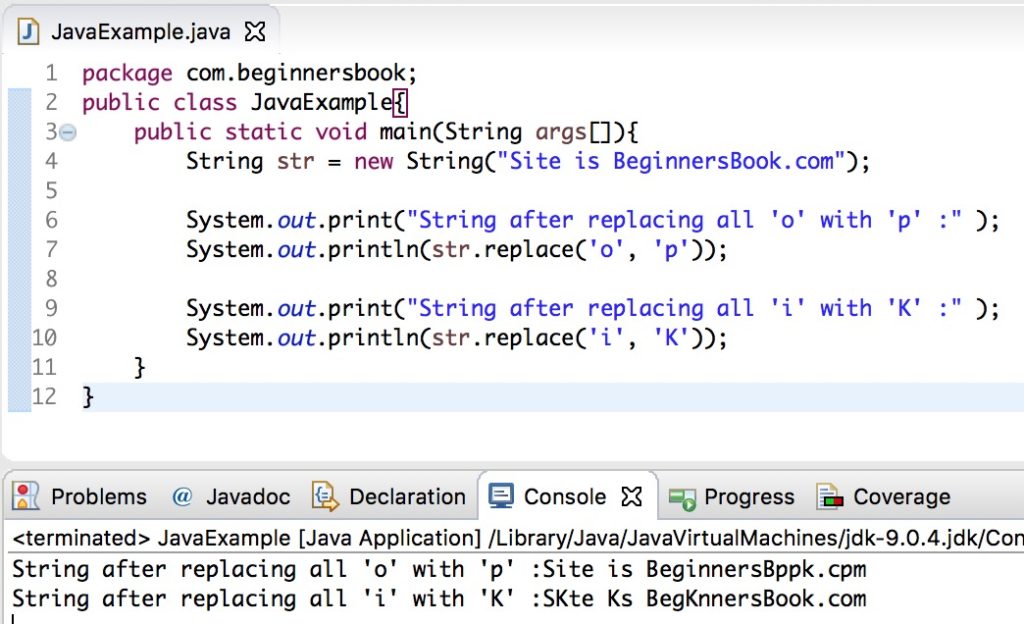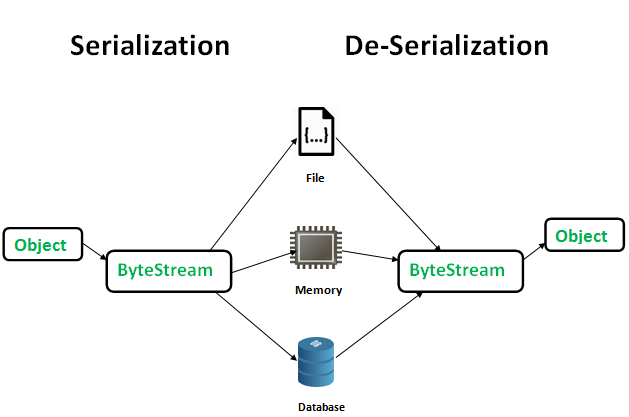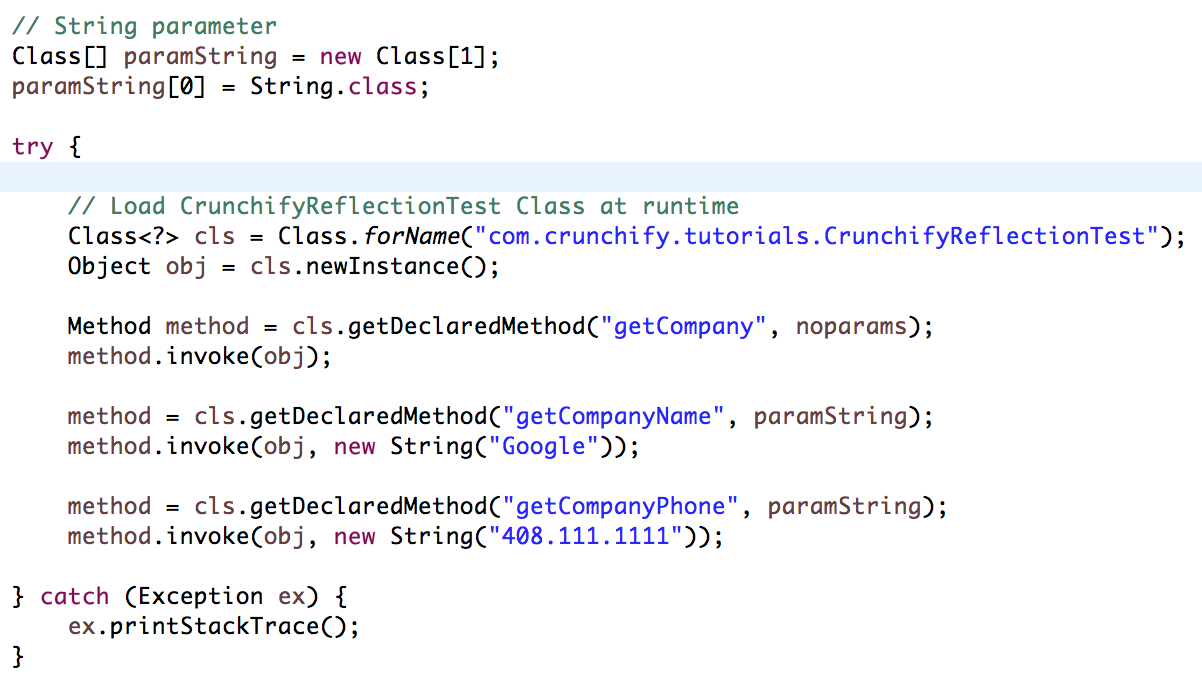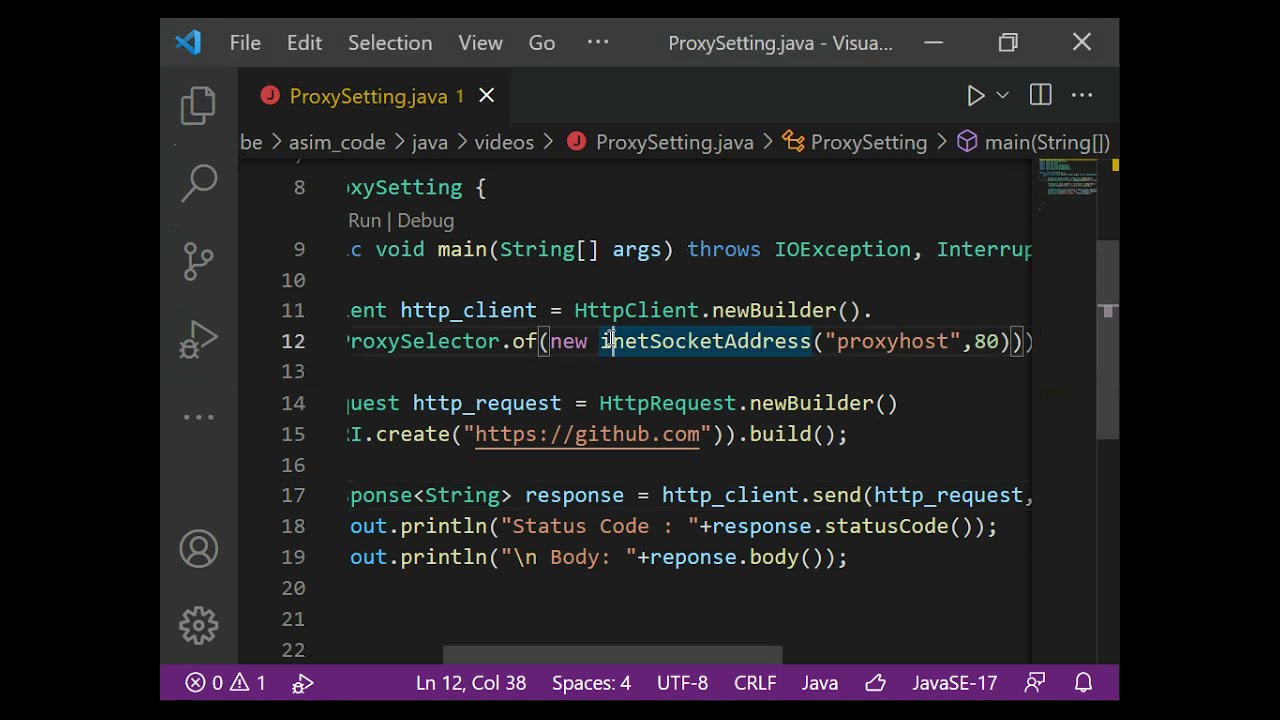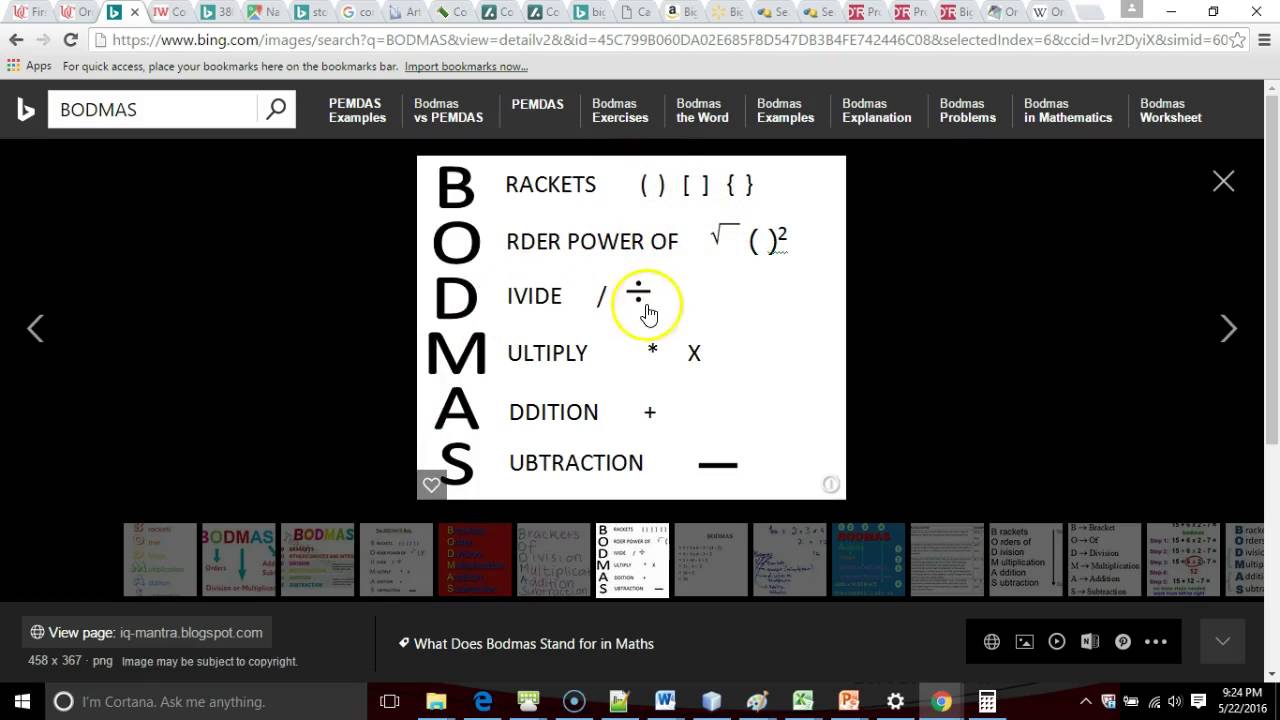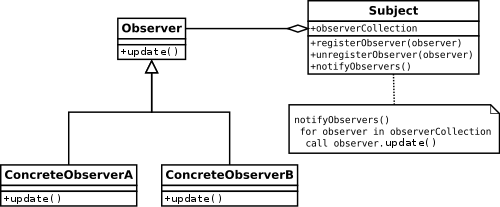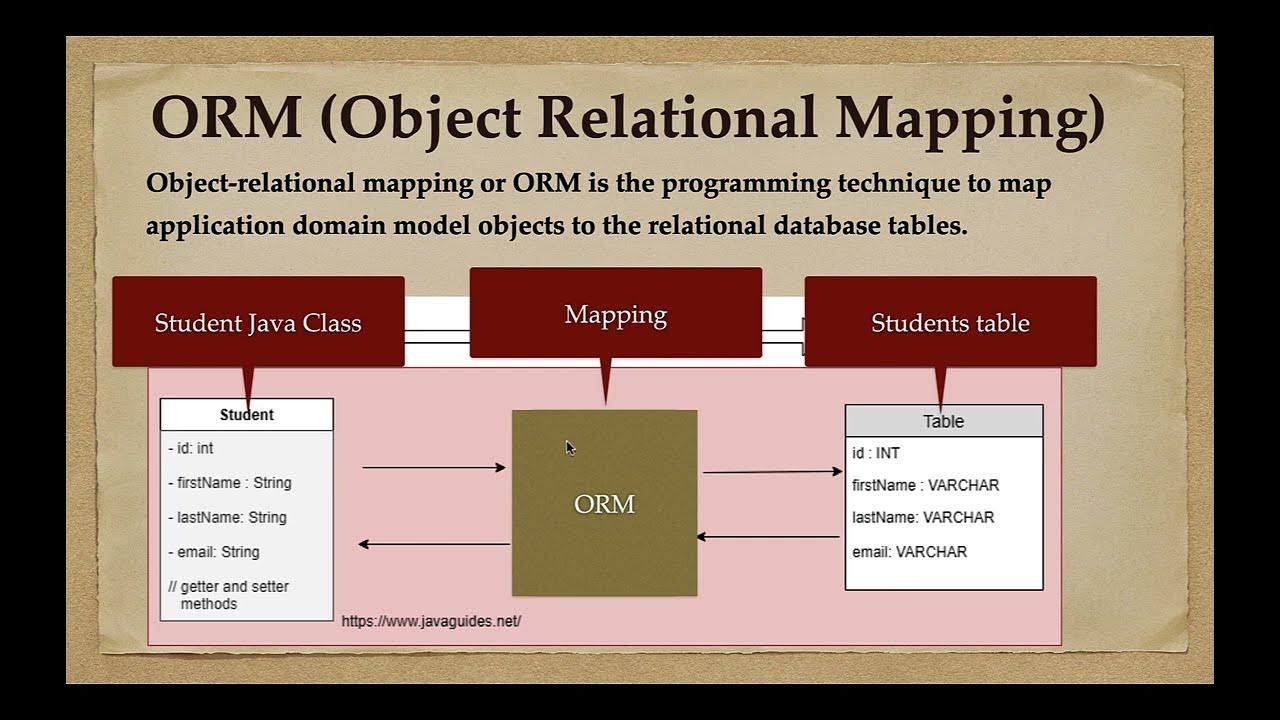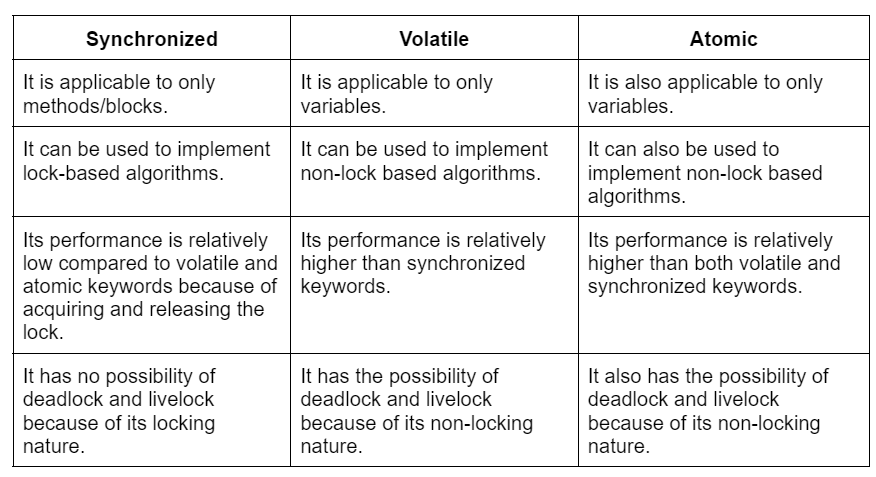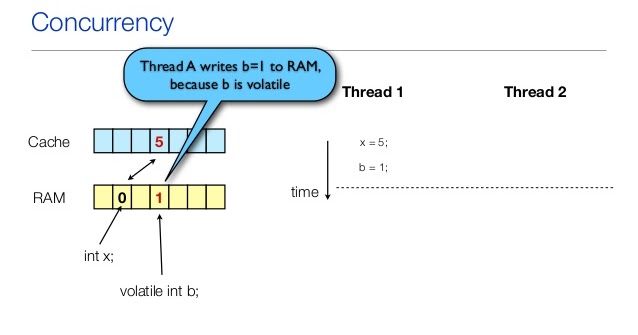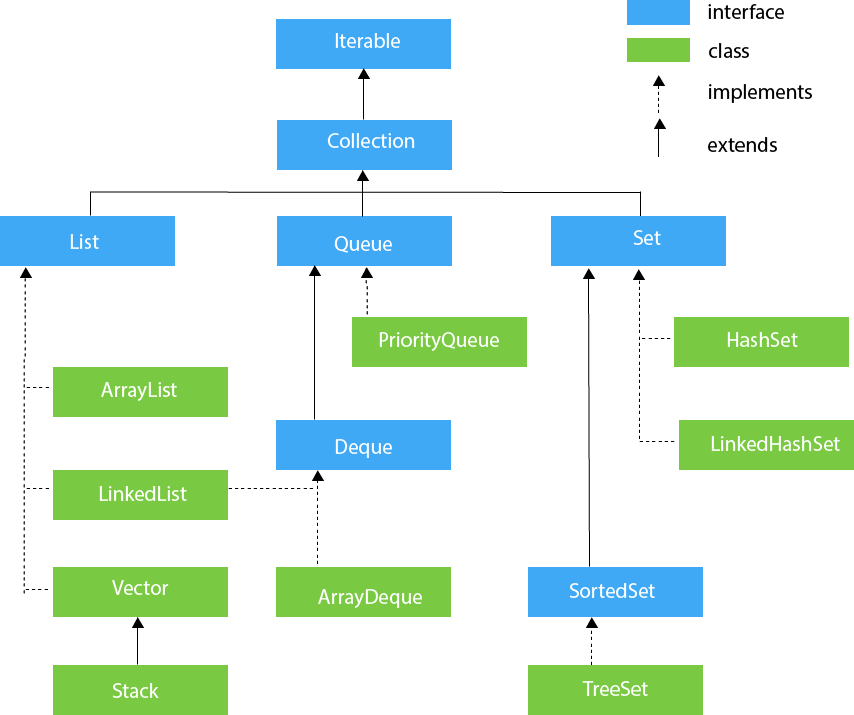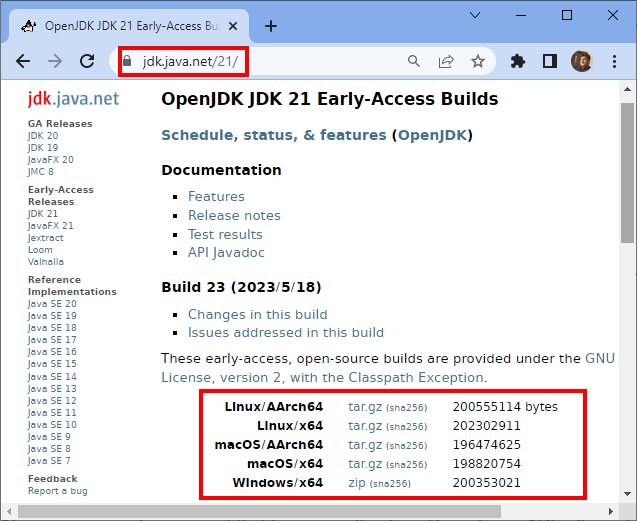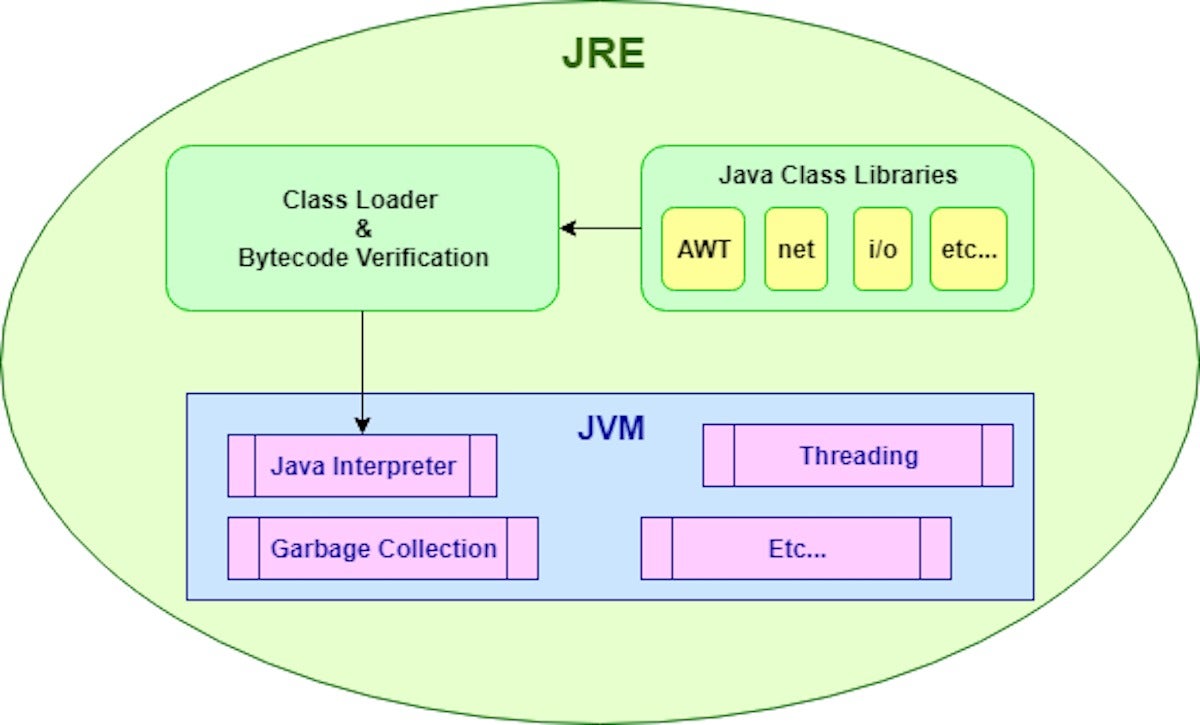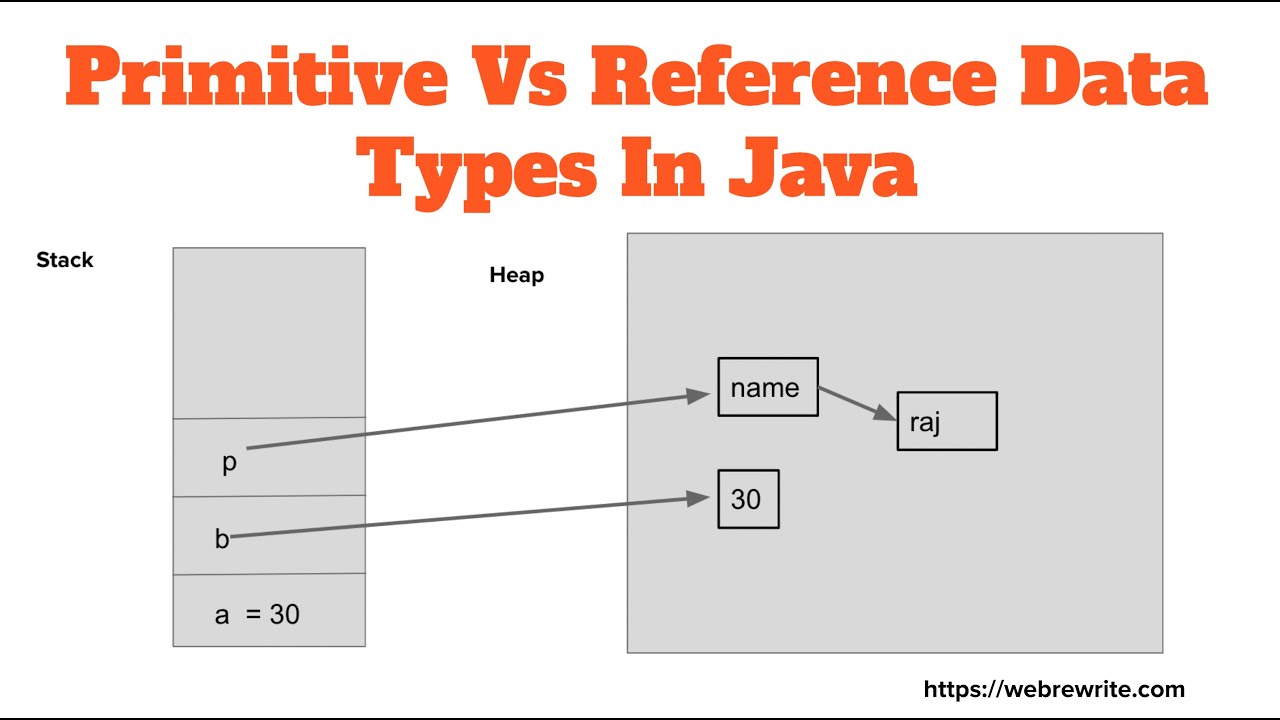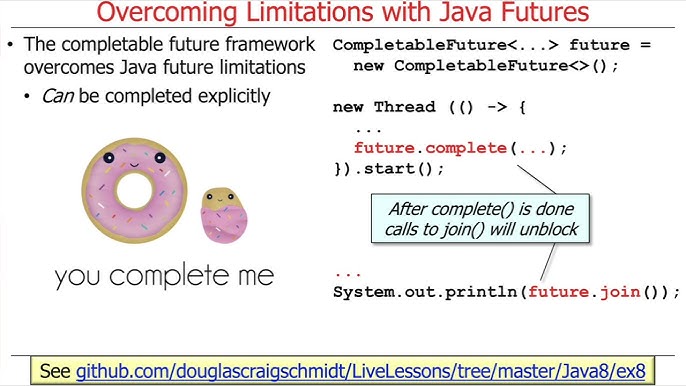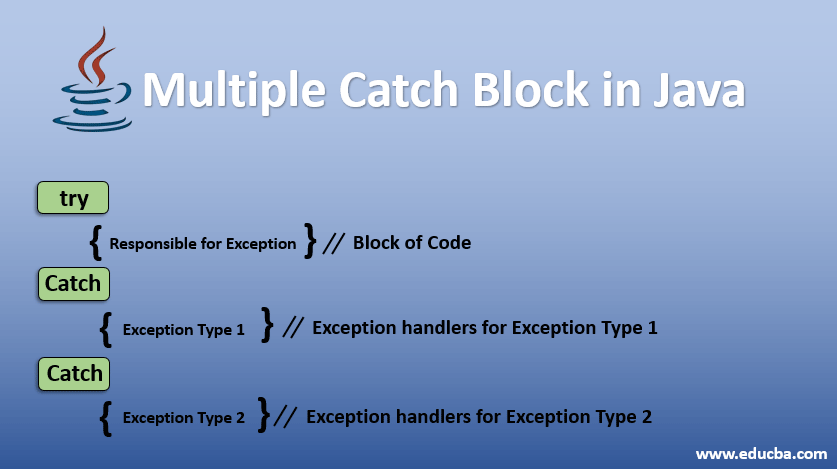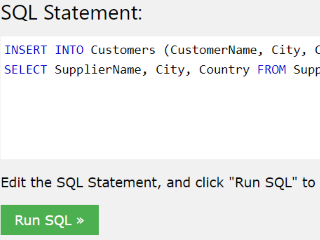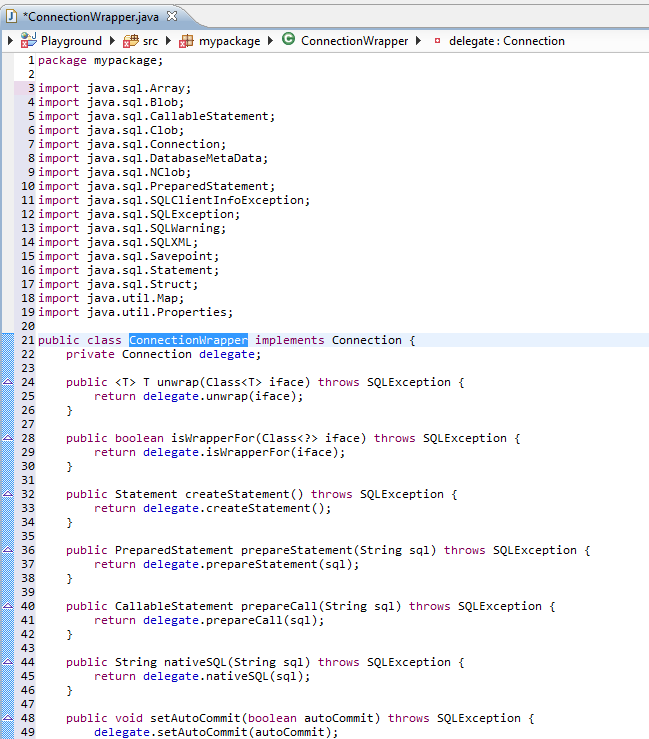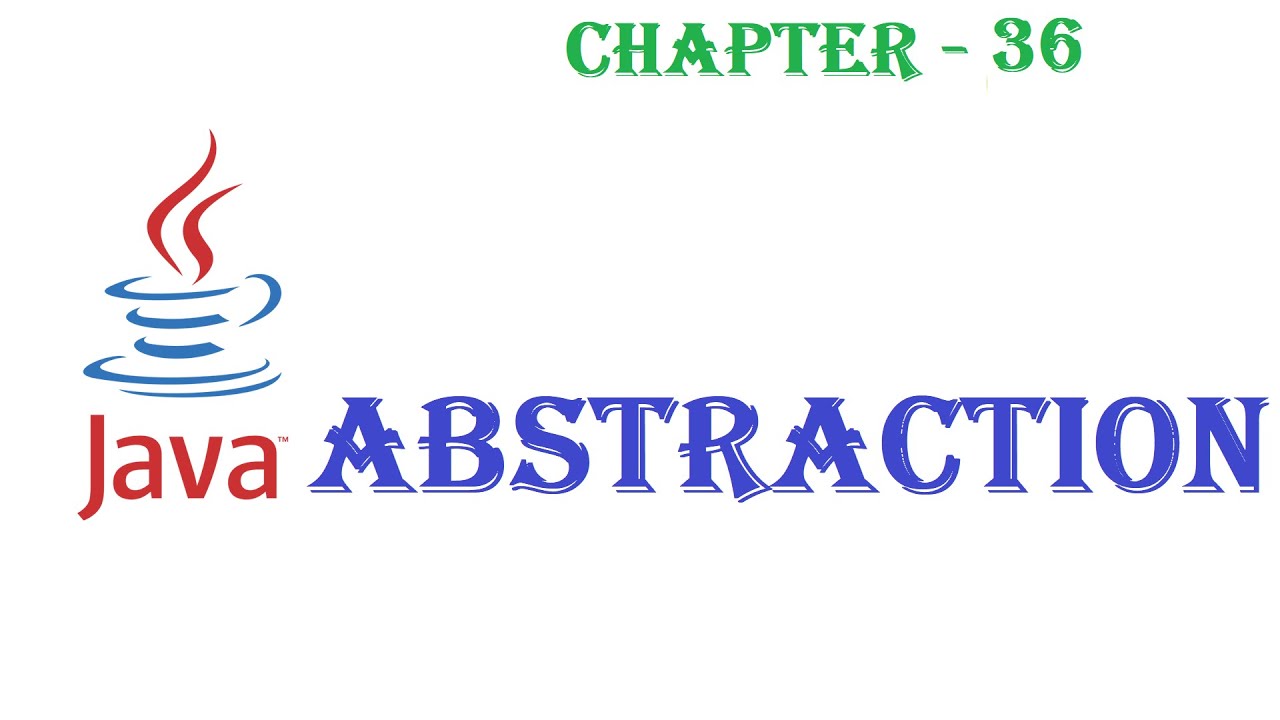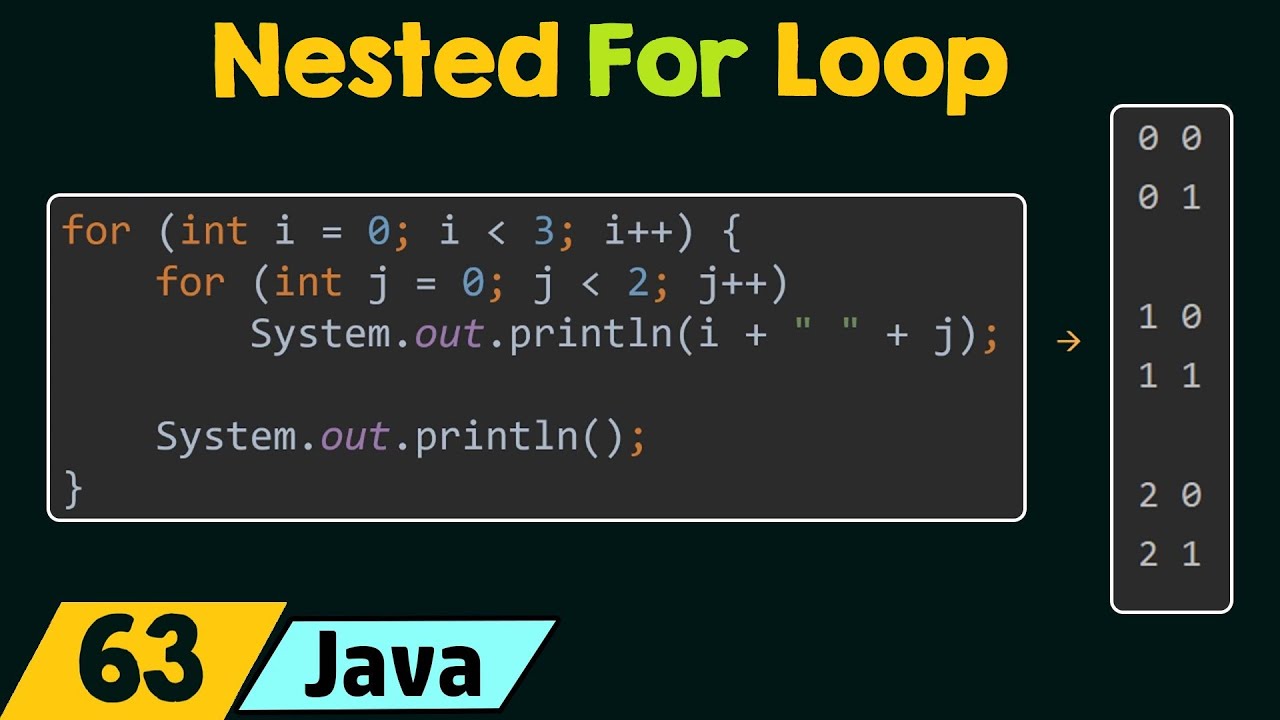What is a Java regex?
What is a Java regex?
A Java regular expression (regex) is a sequence of characters that forms a search pattern, used for matching and searching text within a string. In other words, it's a powerful tool used to match patterns in strings.
In Java, regular expressions are used extensively throughout the API to perform tasks such as:
String manipulation: Find, extract, or replace specific parts of a string. Validation: Check if a given input matches a certain pattern. Parsing: Break down text into smaller components based on defined patterns.Java regex syntax is based on the Perl 5 regular expression system, with some additional features and limitations. A Java regex typically consists of:
Literal characters: Match themselves exactly as written. Metacharacters:., ^, $, {}, [], (, ), *, +, ?, | are used to specify patterns or matching behaviors. Character classes: Define sets of characters to match (e.g., [a-zA-Z] matches any letter). Quantifiers: Specify how many times a pattern should be matched (e.g., * matches zero or more, + matches one or more). Groups: Used for grouping patterns and capturing parts of the input string. Anchors: Used to specify where in the input string the match should occur (e.g., ^ matches the start, $ matches the end).
Some common Java regex examples include:
Matching a specific email address format:b[a-zA-Z0-9._%+-]+@[a-zA-Z0-9.-]+.[a-zA-Z]{2,}b Validating a phone number: ^(?([0-9]{3}))?[-. ]?([0-9]{3})[-. ]?([0-9]{4})$ Extracting words from text: w+ (matches one or more word characters)
When using Java regex, you can:
Compile a pattern to create aPattern object. Match the compiled pattern against an input string using a Matcher. Replace parts of the input string based on the matched pattern.
Java's built-in String class and various libraries (like Apache Commons Lang) provide extensive support for working with regular expressions.
In summary, Java regex is a powerful tool for searching, validating, and manipulating text within strings. By mastering its syntax and usage, you can write efficient and effective code to tackle a wide range of text processing tasks.
Java Pattern compile
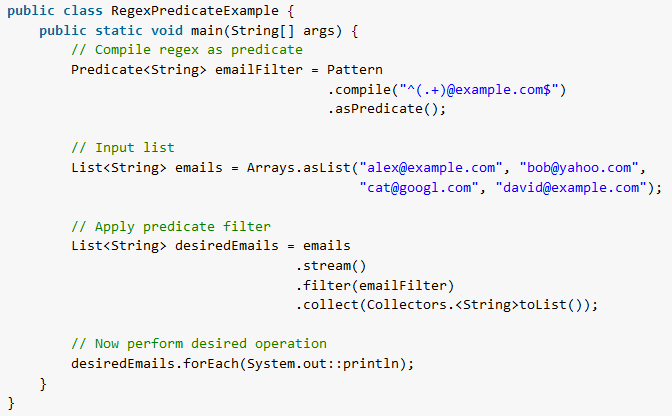
I'd be happy to help you with that! Here's a detailed explanation of how Java pattern compilation works:
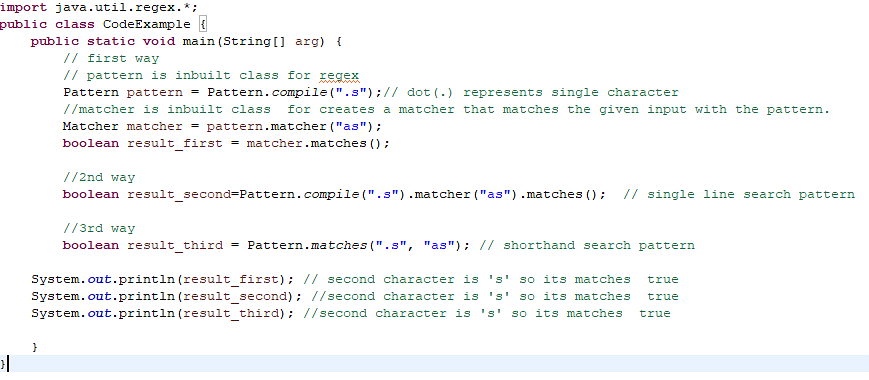
What is a pattern in Java?
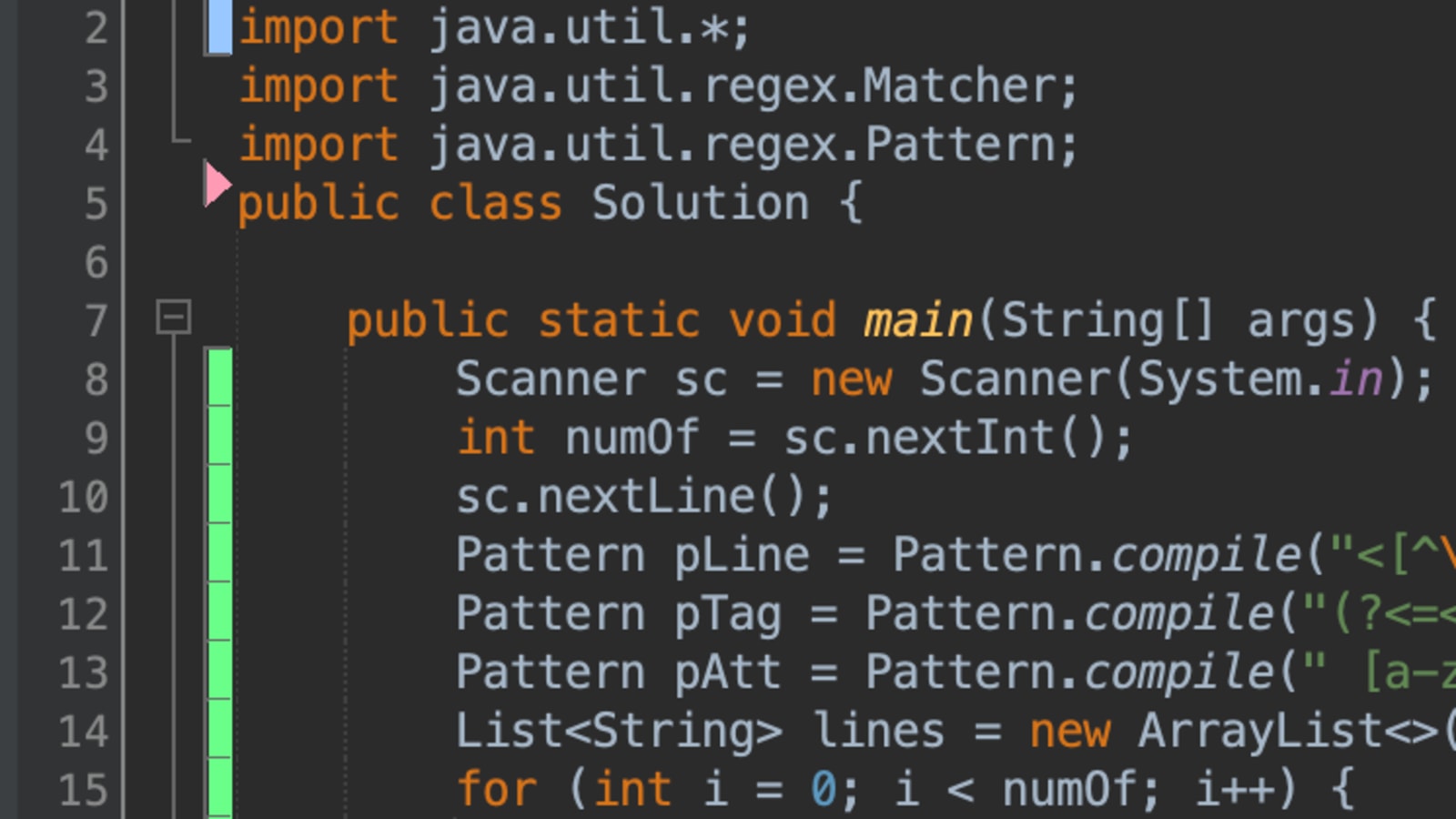
In Java, a pattern is a regular expression that is used to match or search for specific text patterns within a string or text. Patterns are an essential part of Java programming and are widely used in various applications such as parsing, searching, and validating user input.
How does Java pattern compilation work?
When you create a pattern using the Pattern class in Java, it goes through several stages to compile and interpret the pattern. Here's a step-by-step explanation:
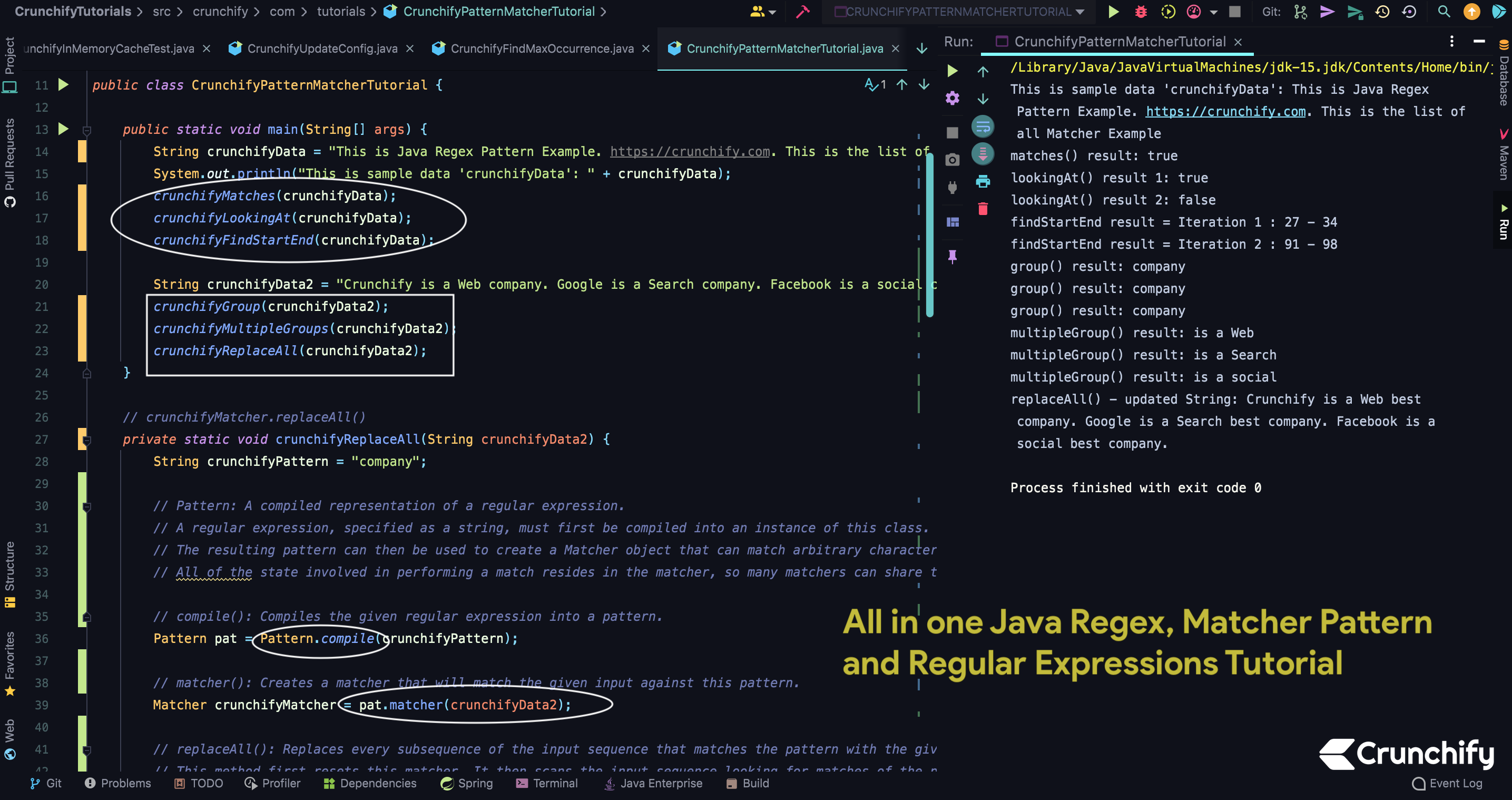
., *, {, etc.) that have specific meanings. Escaped characters (e.g., n) that need to be treated differently. Character classification: The compiler then classifies each token as either a literal character, a special character, or an escaped character. This information is used later in the compilation process. Categorization: Based on the classification, the compiler categorizes each token into one of three groups: Literal: A literal character that matches itself. Meta: A meta character with specific meaning (e.g., . matches any single character). Escape: An escaped character that needs to be treated differently (e.g., n matches a newline). Pattern evaluation: The compiler then evaluates the pattern based on its categorization. For example, if a token is a meta character, it's evaluated according to its specific meaning. Compilation: Finally, the compiled pattern is stored in memory as a Pattern object, which can be used for various operations such as matching, searching, or replacing text patterns within strings.
Example of Java pattern compilation
Here's an example of how you could create and compile a pattern using the Pattern class in Java:
import java.util.regex.Pattern;import java.util.regex.Matcher;
public class PatternCompilation {
public static void main(String[] args) {
// Create a pattern using the Pattern class
String pattern = "hello.*"; // Match any string that starts with "hello" and has any characters afterwards
// Compile the pattern
Pattern p = Pattern.compile(pattern);
// Use the compiled pattern to match a text string
Matcher m = p.matcher("Hello, World!"); // Match the string "Hello, World!"
if (m.matches()) {
System.out.println("Pattern matches!");
} else {
System.out.println("Pattern does not match.");
}
}
}
In this example, we create a pattern that matches any string that starts with "hello" and has any characters afterwards. We then compile the pattern using the compile() method of the Pattern class and use it to match the text string "Hello, World!".
